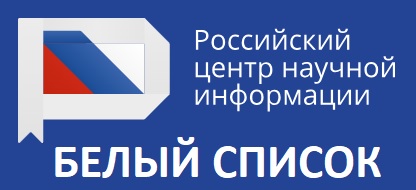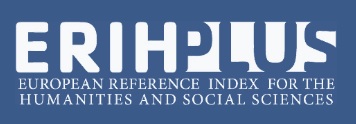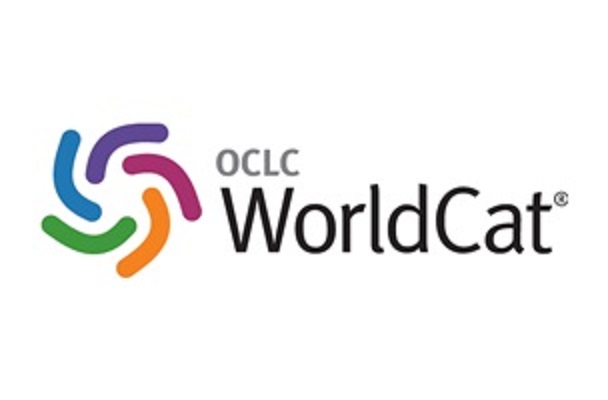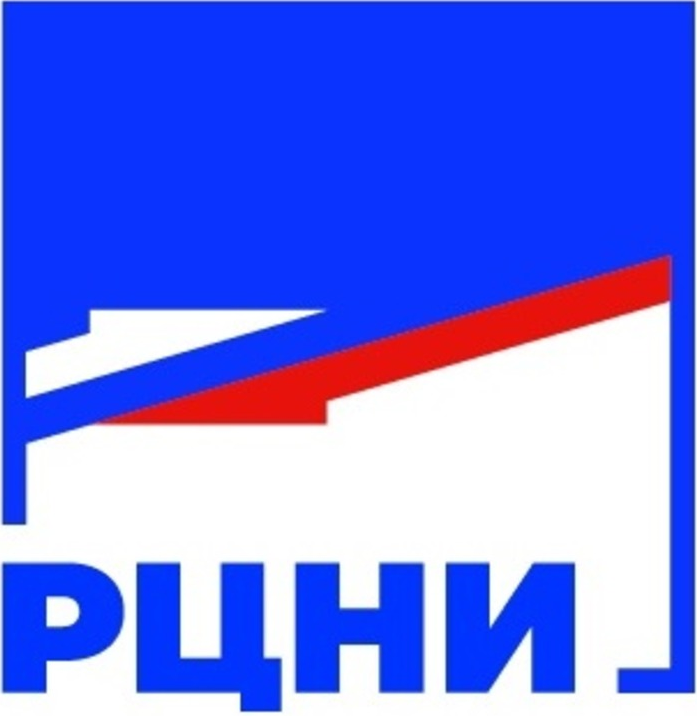Original article
https://doi.org/10.15507/2076-2577.017.2025.02.179-187
https://elibrary.ru/rzxfcm
УДК / UDC 726.84(059)(=511.152)
Lunar Calendar from the Mordovian Starosotensky Burial Ground
V. V. Stavitsky
Penza State University, Penza, Russian Federation
Abstract
Introduction. The lunar calendar is one of the oldest methods of counting the days of the year. In the Mordovian language, the lexeme ‘‘kov’’ denotes both the moon and a calendar month. Consequently, the medieval Mordovians had a lunar calendar, but no material evidence of this has been previously presented. The problem of this study lies in the insufficient informativeness of available ethnographic and linguistic sources, which lack chronological data. The aim of the research is to identify material evidence of the existence of a lunar calendar among the medieval Mordovians and to clarify the chronology of its usage.
Materials and Methods. The article examines materials from a female burial at the Starosotensky Mordovian cemetery, which contained a medallion depicting a lunar calendar. Through planigraphic analysis of burial structures and comparative study of grave goods, the chronology of the burial is established, along with its ethno-cultural and religious affiliation. The findings contribute to a deeper understanding of the role of the lunar calendar in medieval Mordovian culture.
Results and Discussion. The discovered calendar was attributed by researchers to the Golden Horde period, with the conclusion that it was of Islamic origin. However, analysis of the burial assemblage indicates that the grave in which it was found dates to no later than the mid-13th century – a time when the Golden Horde settlement at the site of present-day Narovchat village had not yet been established, and the local Mordovian population had no documented contact with Muslim communities. Furthermore, the burial was conducted in accordance with pagan funerary practices. Notably, the Islamic calendar comprises 12 lunar months, whereas the medallion features 13. The medallion itself is crafted from a silver-hued alloy, which held symbolic associations with moonlight among the Mordovian population.
Conclusion. The discovery of a lunar calendar depiction in a 13th-century Mordovian pagan burial confirms the persistence of lunar timekeeping among the Mordovians into the late Middle Ages. The calendar was likely produced by local craftsmen, possibly modeled after Vyatich coin-shaped pendants. By clarifying the ethnocultural and religious identity of the burial containing the calendar, this finding contributes to the growing body of material evidence for the use of lunar calendars in medieval pagan Finno-Ugric cultures.
Keywords: Middle Ages, pre-Mongolian period, Mokhshi town, paganism, lunar calendar
Conflict of interest: The author declares no conflict of interest.
For citation: Stavitsky V.V. Lunar Calendar from the Mordovian Starosotensky Burial Ground. Finno–Ugric World. 2025;17(2):179–187. https://doi.org/10.15507/2076-2577.017.2025.02.179-187
Information about the аuthor:
Vladimir V. Stavitsky, Dr.Sci. (Hist.), Professor of the Department of General History and Social Sciences, Penza State University (40 Krasnaya St., Penza 440026, Russian Federation), ORCID: https://orcid.org/0000-0002-5957-3781, SPIN-code: 6740-3240, stawiczky.v@yandex.ru
Author has read and approved the final manuscript.
Submitted 03.09.2024; revised 10.03.2025; accepted 17.03.2025.






















